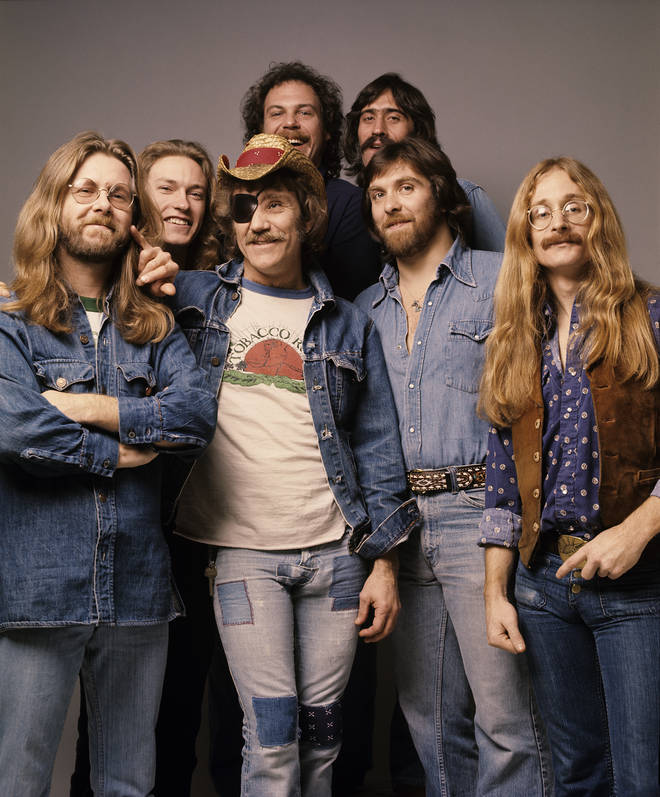When a song’s title makes you chuckle before the first note, you know a band is taking a risk. Dr. Hook’s “You Make My Pants Want to Get Up and Dance” did more than raise eyebrows — it turned a silly line into a kept promise of fun for listeners who grew up with radio and record players.
Formed in the late 1960s, Dr. Hook and the Medicine Show built a reputation on mischief. They mixed rock, country and pop, and they never hesitated to poke fun at themselves or the music business. That appetite for play shows plainly in this track: short, bright, and driven by a beat that nudges even the stiffest foot to tap along. For older listeners, the song is a reminder of an era when a single tune could both amuse and unite a room.
The lyrics do not strive for grandeur. Instead, they strip romance down to a simple, bodily reaction — the urge to move. That plainspoken image is the song’s strength. The band used everyday language and a little nudge of risqué humor to capture a recognizable, human delight: the sudden urge to dance when joy arrives.
Musically, the track leans on a loose, almost live energy. The guitar riffs are playful, the bass keeps a steady groove, and the rhythm section insists you stand up. Fans say the record sounds like a band enjoying the moment, and that sincerity has helped it survive the years as more than a novelty.
“People remember the laugh first, then the tune. It’s a short, bright shot of joy that brings them back to a simpler evening — a jukebox, a kitchen dance, a small party with friends,” said Jane Morris, music historian and lecturer on popular songs of the 1970s.
The song’s charm is both in the silliness of the title and in the band’s confidence to present it without apology. Many acts would have softened the joke. Dr. Hook embraced it, which kept them distinct from peers who chased seriousness or trend. Their hits that mixed humor with feeling — both silly and sincere — made loyal listeners out of people who wanted comfort with a grin.
Longtime fans say the song functions as a bridge between eras. It sounds modern enough to be lively, yet familiar enough to feel like a friend. The record turned up at parties, on radio shows, and in living rooms where people of a certain age still remember the first time they heard it.
“I played it at my sister’s small birthday party, and everyone sang along. We were people who had lived through tougher times, and for that moment it was pure relief,” recalled Tom Riley, a longtime fan and retired postal worker.
Beyond nostalgia, the track offers musical lessons. It shows how straightforward songwriting, a tight rhythmic drive, and confident performance can make a song memorable without complex arrangements. The approach is practical for bands working with limited studio time or with an appetite for live-feel recordings.
The song also reveals Dr. Hook’s broader strategy: use humor to hold attention, then back it with competent musicianship. That mix gave the band room to be both irreverent and respected. For older listeners, the tune stands as a short, reliable pick-me-up — a reminder that music can be both light and meaningful.
Key facts: the band’s blend of styles, the cheeky lyric that reduced romance to movement, the live-like recording energy, and the track’s continued use at informal gatherings and radio sets aimed at mature audiences. The song’s endurance rests less on chart weight than on emotional memory — the quick grin and the willing sway of feet — and on a band that refused to take itself too seriously
The moment the chorus kicks in and the room leans forward —
